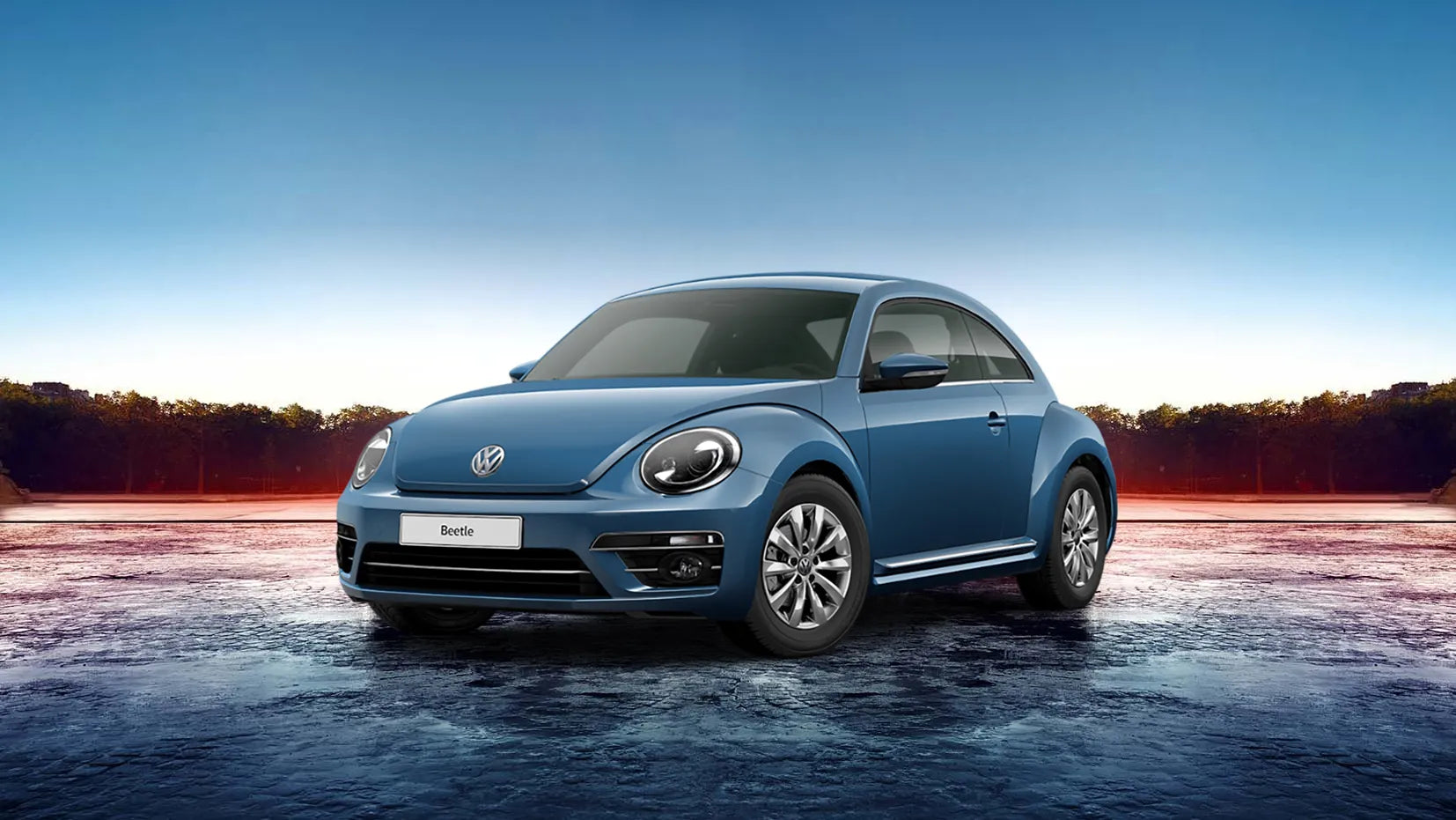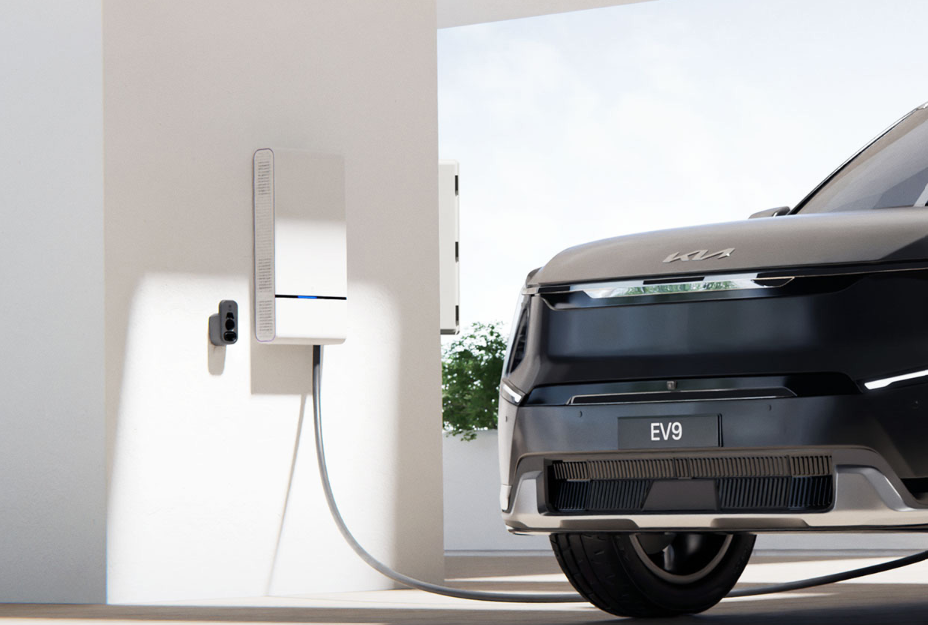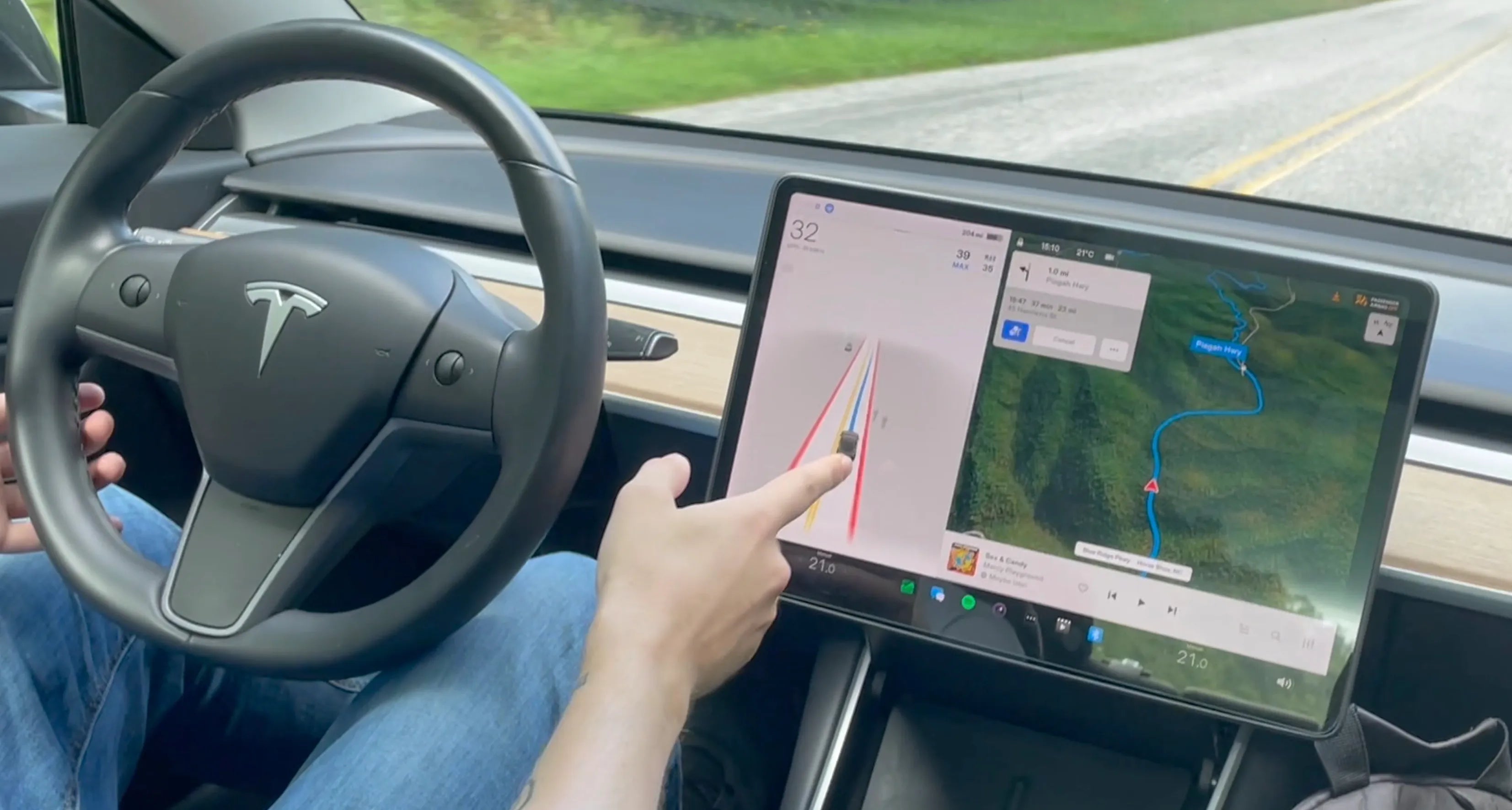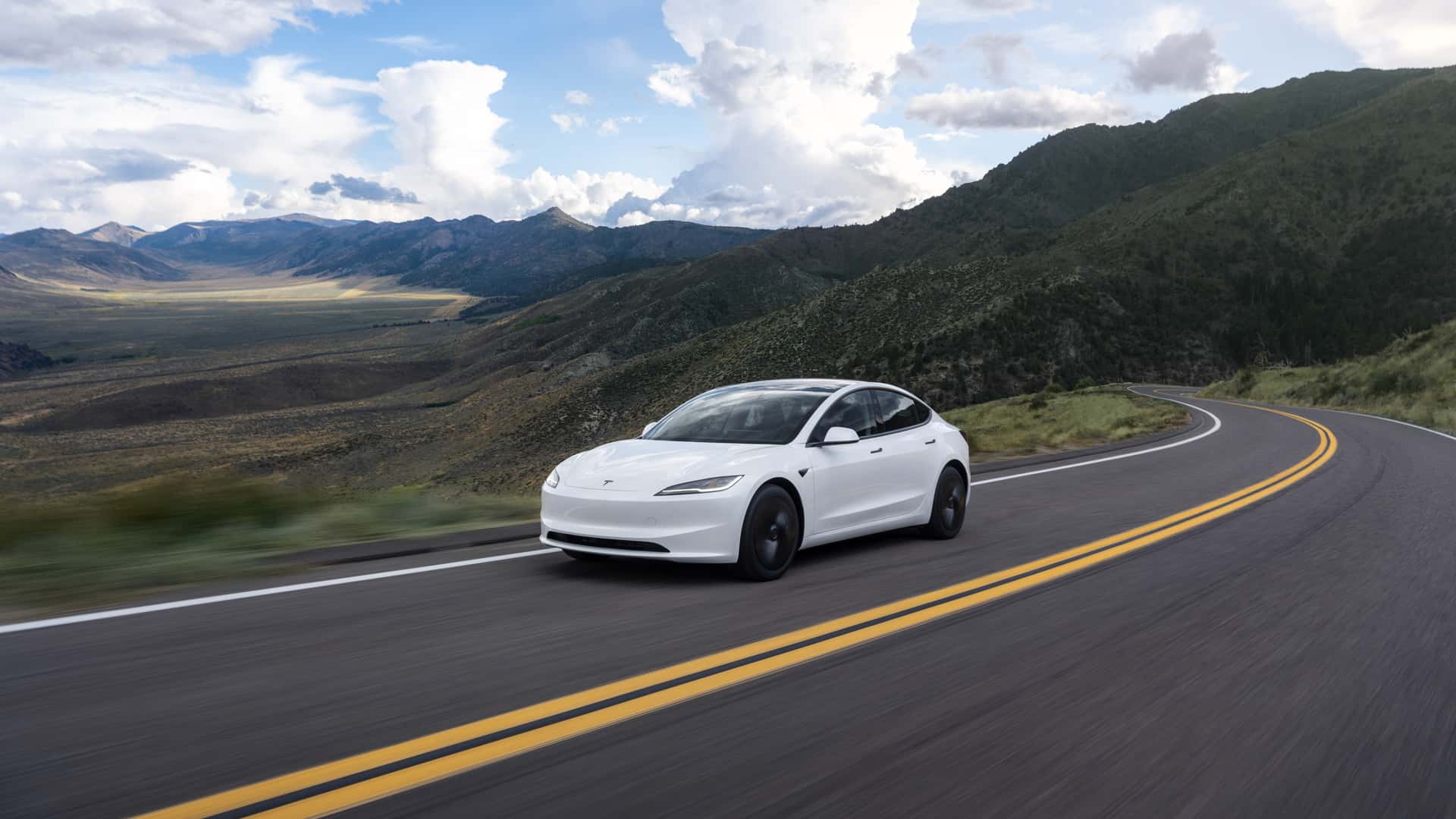Volkswagen (VW) hat im deutschen Elektrofahrzeugsektor einen dramatischen Sprung gemacht und sich im ersten Halbjahr einen dominanten Marktanteil von 46 Prozent gesichert. Dies geht aus einer neuen Analyse des Kraftfahrt-Bundesamtes (KBA) hervor. Der Wolfsburger Autogigant hat sich deutlich von seinen Konkurrenten, darunter Tesla und BMW, abgesetzt, während sich die heimische Elektrofahrzeuglandschaft rasant weiterentwickelt.
VWs Aufstieg auf dem deutschen Elektroautomarkt
Innerhalb nur eines Jahres hat VW seinen Marktanteil im Elektrofahrzeugmarkt von 32 % auf 46 % gesteigert. Dieser bemerkenswerte Zuwachs ist auf eine starke Produktpalette und eine verbesserte Logistik in der Lieferkette zurückzuführen. Die traditionelle Dominanz des Unternehmens im Segment der Verbrennungsmotoren (ICE) – wo es typischerweise einen Marktanteil von rund 40 % hält – scheint sich nun auch auf die Elektromobilität auszuwirken.
Diese Leistung markiert einen Wendepunkt für VW, das bis vor kurzem im Elektrofahrzeugsegment kaum vergleichbare Erfolge erzielen konnte. Nun finden die Elektromodelle des VW-Konzerns, zu dem neben Volkswagen auch Audi, Škoda und Cupra gehören, großen Anklang bei den heimischen Verbrauchern.
Empfohlene Lektüre: Volkswagen-Elektrofahrzeuge sollen bis 2025 an Teslas Supercharger-Netzwerk angeschlossen werden
📊 Diagramm: Deutscher Marktanteil von Elektrofahrzeugen (H1 2025)
| Markengruppe | Marktanteil (H1 2025) |
|---|---|
| Volkswagen Konzern | 46 % |
| BMW Group (BMW, Mini, Rolls-Royce) | 11 % |
| Tesla | 3,6 % |
| Sonstige | 39,4 % |
BMW hält den zweiten Platz; Tesla fällt auf den achten Platz zurück
Die BMW Group – zu deren Marken BMW, Mini und Rolls-Royce gehören – sicherte sich 11 % des Elektrofahrzeugmarktes und belegte damit den zweiten Platz hinter VW. Dieses moderate Wachstum unterstreicht die konsequente Positionierung von BMW im Premium-Elektrofahrzeugsegment, angeführt von Modellen wie dem i4 und dem iX.
Tesla hingegen erlebte einen starken Rückgang. Der US-Autobauer, der einst fast 12 % des deutschen Elektrofahrzeugmarktes hielt und auf Platz zwei lag, musste einen Rückgang seines Marktanteils auf nur noch 3,6 % hinnehmen und fiel auf den achten Platz zurück. Dieser Rückgang spiegelt die zunehmende Konkurrenz durch einheimische Automobilhersteller und die zunehmende Präferenz der Verbraucher für lokal produzierte Elektrofahrzeuge wider.
VW-Marken dominieren die meistverkauften Modelle
Über die Konzernleistung hinaus unterstreicht die Analyse auch die Dominanz von Volkswagen auf Markenebene. Elektromodelle der Marke VW sicherten sich vier der fünf meistverkauften Plätze in Deutschland. BMW war die einzige externe Marke, die in diese Elitegruppe vordrang und landete auf dem zweiten Platz.
Dies unterstreicht VWs strategischen Fokus auf modulare Elektroplattformen wie die MEB-Architektur, die Fahrzeugen wie dem ID.3, ID.4 und dem Audi Q4 e-tron zugrunde liegt. Diese Modelle profitieren von der lokalen Produktion, starken Händlernetzen und der zunehmenden Erschwinglichkeit durch staatliche Anreize.
Auswirkungen für Tesla in Europa
Der starke Rückgang von Tesla in Deutschland stellt erhebliche Herausforderungen für seine europäischen Ambitionen dar. Trotz der Eröffnung seiner Berliner Gigafactory im Jahr 2022 hatte Tesla mit anhaltenden Preissenkungen, Problemen bei der Softwarelokalisierung und im Vergleich zur Konkurrenz eingeschränkten Produktaktualisierungen zu kämpfen.
Die globale Strategie des Unternehmens – mit Schwerpunkt auf dem Model 3 und dem Model Y – wird in einem gesättigten europäischen Markt mit vielfältigen Angeboten etablierter Marken getestet. Zudem scheinen europäische Verbraucher zunehmend von Fahrzeugen mit lokalem Kundendienst und Markentradition angezogen zu werden – beides bietet VW in Hülle und Fülle.
Wie geht es weiter mit dem deutschen Elektrofahrzeugmarkt?
Angesichts veränderter staatlicher Anreize und einer kontinuierlichen Verbesserung der Infrastruktur dürfte sich der Wettbewerb im deutschen Elektrofahrzeugsektor verschärfen. VWs aggressive Investitionen in Software, Batterieproduktion und die heimische Fertigung verschaffen dem Unternehmen jedoch einen klaren Vorteil bei der Gestaltung der nächsten Marktphase.
Da die Europäische Union auf strengere Emissionsziele und die schrittweise Abschaffung von Verbrennungsmotoren drängt, könnte sich der frühe Vorsprung von VW als entscheidend erweisen.
Abschluss
Volkswagens Wiederaufstieg in den deutschen Elektrofahrzeugmarkt signalisiert einen deutlichen Wandel in den Verbraucherpräferenzen und der Markendominanz. Der einst fragmentierte Markt für Elektrofahrzeuge konsolidiert sich um die nationalen Champions, und VW scheint gut aufgestellt, um seine Führung zu behaupten. Derweil wirft Teslas schwindender Marktanteil angesichts zunehmender Konkurrenz und sich verändernder Regulierungslandschaften Fragen zu seiner Anpassungsfähigkeit auf ausländischen Märkten auf.
Empfohlene Lektüre: Wie weit kommt ein Volkswagen ID. Buzz mit einer vollen Ladung?








Aktie:
Elon Musks späte Reaktion auf Trumps „Big Beautiful Bill“ bringt Ärger für Tesla
Handeln Sie jetzt, bevor die 7.500-Dollar-Steuergutschrift für Elektrofahrzeuge wegfällt: Was Autofahrer vor dem 30. September 2025 wissen müssen